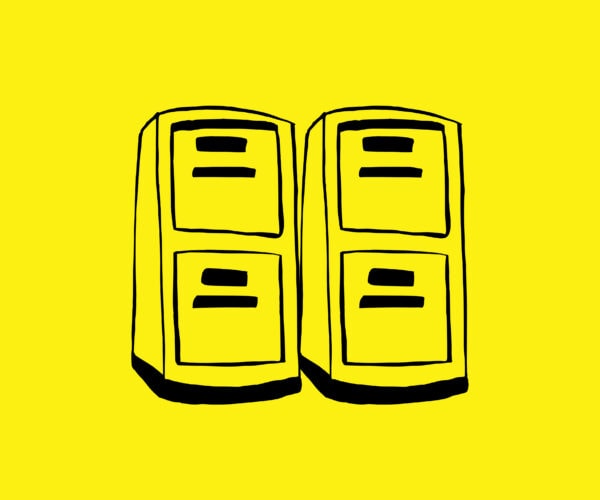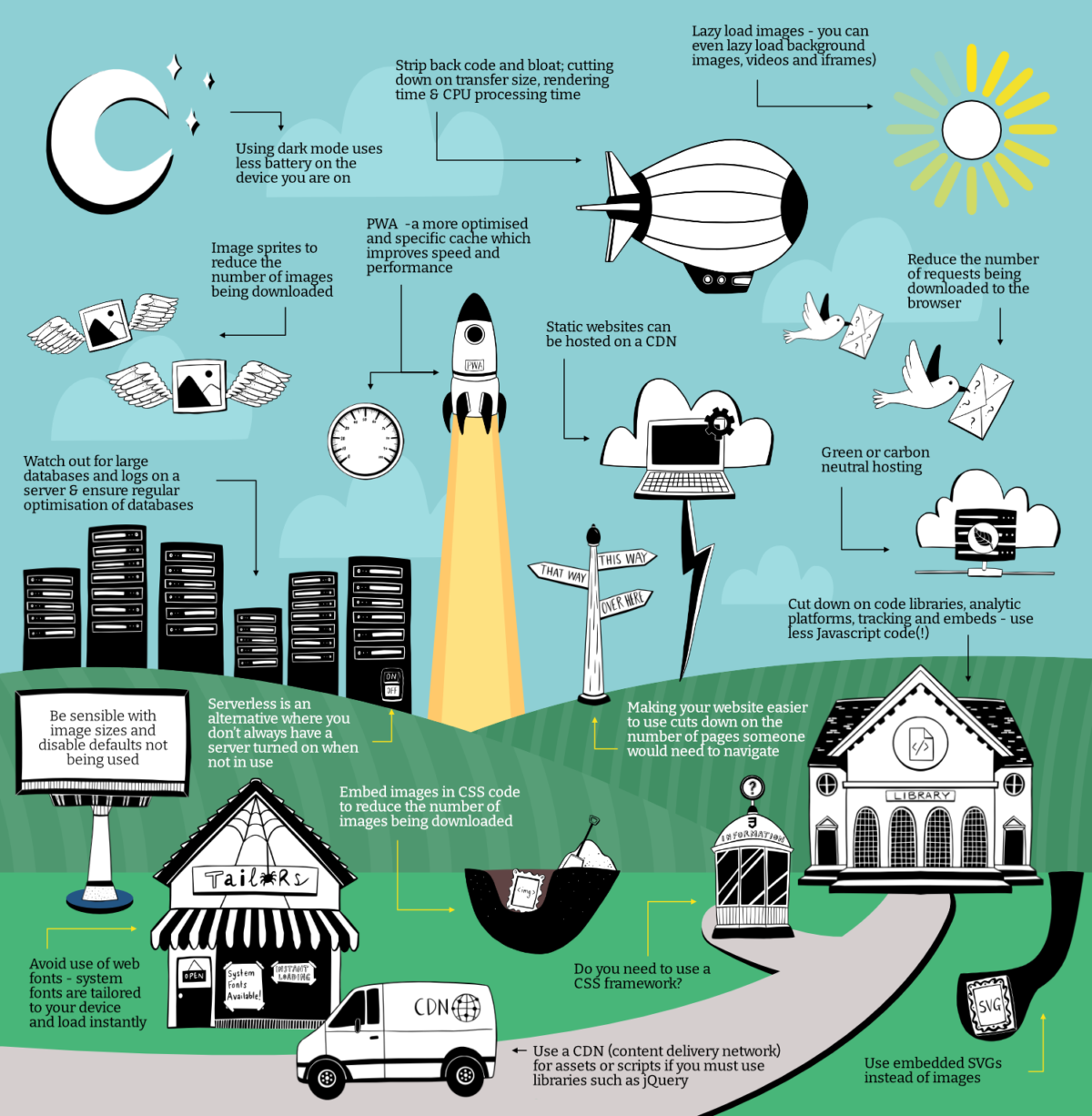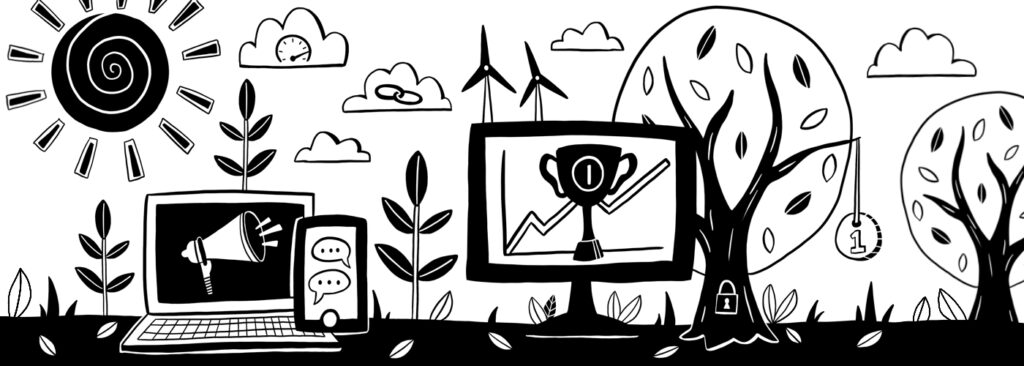Many of us know how our decisions or actions affect the environment but often this is limited to our physical lives. What about our digital lives? Just like you can make changes to reduce your impact on the environment through your shopping or travel, you can also take action online to do this. The internet has a larger carbon footprint than Germany, so we think every website should be optimised to be more environmentally friendly.
Below are some ways in which we aim to make websites more sustainable.

Light content = better results
Making your website lighter will help to reduce the number of requests made from the server. Again, this can be achieved in a number of ways. Having a lot of large files such as images, video or animation can all slow your website down while increasing the carbon emitted. This is because the server has to do more to show these files. By compressing images, being selective with your media and considering what is really needed, you can not only make your website lighter when it comes to carbon output, but you can one again improve your performance and achieve. better results
Make every click meaningful
Every click someone makes on your website has a carbon output. Not only that, but it also could be increasing the chance of them leaving your site. You want users on your website to find what they are looking for and to achieve a certain objective, whether it is to get in touch or make a purchase. The quicker they do this the better as it improves your chances of the objective being met, but at the same time, it reduces the number of clicks they are making. This is an example of how trying to have a more sustainable website can also improve your overall results or performance online. Through improved navigation and understanding the user experience of your site, you can help to bring down the carbon emissions associated with your platform.


Consider the source
Each website is not equal when it comes to its impact on the environment. Just like your shopping choices – there are a number of different factors involved. These include considering where your website is hosted – it is on a server that is powered by renewable energy or a carbon-neutral provider? Many of the standard hosting providers out there don’t factor the environment into their service. Furthermore, they often don’t optimise for security or cost. We only provide hosting that we know is safe, secure, competitive and sustainable.

Get in touch
These are just a few ways you can improve the environmental performance of your website. In reality, there is so much more that can be done and there should always be a tailored solution in place for each business. This can also go beyond websites but also consider marketing such as email newsletters. To find out the best way to improve the sustainability of your website and business, get in touch and we can discuss your needs.


